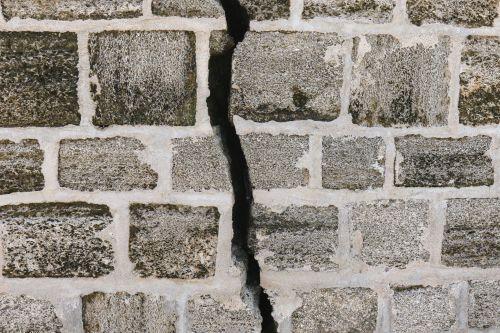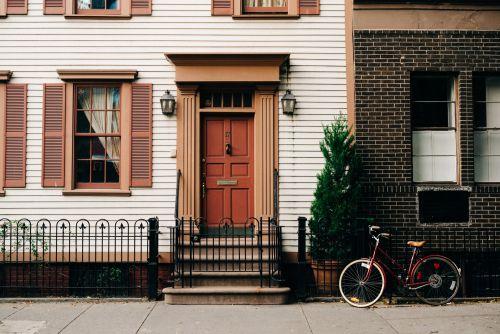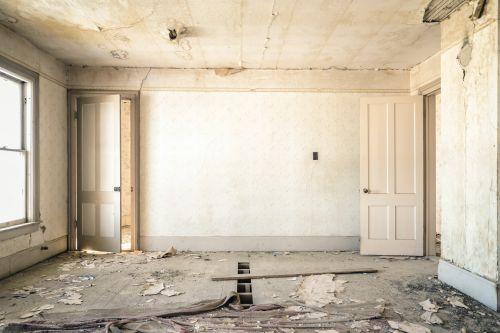In recent years, the real estate market has been competitive, prompting some buyers to waive pre-purchase inspections in order to stand out from the crowd. However, skipping this crucial step can lead to serious consequences, including the discovery of hidden defects that could severely diminish the home’s value.
So, what are hidden defects? How can we identify them, and what characteristics do they share? Keep reading to find out.
What exactly is a hidden defect?
Before taking any action against the seller, it’s important to determine whether the defect you’ve discovered as the new owner qualifies as a hidden defect under the law.

According to the Civil Code of Quebec the seller must guarantee to the buyer that the property is free from hidden defects which render it unfit for the use for which it was intended or which diminish its usefulness to such an extent that the buyer would not have bought it or would not have given such a high price for it, had the buyer been aware of them.’
While the seller is responsible for the property’s quality, they are not liable for the defects that the buyer was aware of or for those that are obvious to a reasonable purchaser.
The 4 characteristics of a hidden defect
For a defect to be legally classified as hidden, it must meet several criteria:
- Serious
- Hidden
- Present at the time of sale
- Unknown to the buyer
1. The defect must be serious
A defect is deemed serious if it makes your home unsuitable for its intended purpose or significantly diminishes its usefulness. It must be substantial enough that your reasonable expectations as a buyer are not met, leading you to potentially reconsider the purchase if you had been aware of it.
Importantly, the home does not have to be uninhabitable for the defect to qualify as a hidden defect.
2. The defect must be hidden
A defect is classified as hidden if it could not have been detected by a prudent and diligent buyer. This means that a thorough visual inspection of the property prior to purchase should not have revealed any signs of the defect.

In other words, a competent building inspector must have conducted a complete pre-purchase inspection without uncovering any indication of the issue. If there are visible signs of potential defects, or if the inspector identifies concerns, the buyer has a responsibility to inquire with the seller about these issues and, if necessary, to seek a more detailed evaluation by a professional.
Additionally, if the seller knowingly provides false information about the property, the defect will be considered legally hidden.
Is a pre-purchase inspection mandatory
The law does not mandate that you hire a building inspector before finalizing a real estate transaction. However, pre-purchase inspections are highly recommended, particularly if you lack the expertise to identify potential defects.
Choosing to forgo an inspection may raise questions about your prudence in court if you later contest a hidden defect. Indeed, this could result in an unfavourable judgment against you.
3. The defect must be present at the time of sale
To pursue a claim against the seller for a hidden defect, you must establish that the defect was already present at the time of the sale. It doesn’t matter if the seller was unaware of it or if it was not visible at that time; what matters is that the defect existed during the transaction.
Proving this aspect can be challenging. You may need to use the help of an expert to substantiate your claim and demonstrate that the defect was indeed present at the time of the property sale.

4. The defect must be unknown to the buyer at the time of the transaction
Obviously, a defect cannot be classified as hidden if the buyer is aware of it at the time of the sale. If the seller or inspector had disclosed the defect before the transaction, it cannot be considered a hidden defect.
Both the building inspector’s report and the declaration by the seller are crucial in determining whether the defect was revealed prior to the sale.
In the declaration by the seller, the seller is obligated to disclose any information they have about the property, including defects and potential issues. Having this declaration in writing ensures that neither party can later dispute the information regarding any defect.
The inspection report also serves as written evidence of the expert’s observation, helping to establish the property’s overall condition. It may indicate potential defects or signs that warrant further investigation.
Once a defect is noted in the inspector’s report, it can no longer be regarded as a hidden defect, as it has been made apparent.
Exceptions: what is not considered a hidden defect?
Even if the issues you’ve identified on your property seem to meet the criteria for a hidden defect, it doesn’t automatically qualify as one. Certain situations are exceptions to the rule and could limit your legal recourse against the seller. Here’s an overview of these exceptions.

The defect corresponds to normal wear and tear
A defect that arises from normal wear and tear, even if significant, is not considered a hidden defect. Over time, all material experience deterioration, and the lifespan of a property’s components varies depending on individual circumstances.
Issues stemming from normal aging or use cannot be classified as hidden defects. It is reasonable for a diligent buyer to inquire about the lifespan of different elements in a property, especially if documentation indicates that no recent replacements have occurred.
That is why hiring a qualified building inspector before purchasing can be invaluable. They can assess the condition of materials and advise on any potential repairs needed due to wear and tear.
The sale was made without legal guarantee
The legal quality guarantee protects the buyer against hidden defects. However, in some cases, a property may be sold without this guarantee, significantly limiting the buyer's recourse against the seller.
When a transaction occurs without a legal guarantee, the buyer accepts the property as is, regardless of any defects. Typically, the selling price is adjusted to reflect the associated risks.
Sellers opting for a transaction without a legal guarantee often include individuals or institutions unfamiliar with the property’s specifics, such as heirs or banks during foreclosures. This approach helps sellers shield themselves from potential claims.
It’s important to note that selling a property without a legal guarantee doesn’t allow sellers to act dishonesty. If a seller knowingly conceals a defect and fails to disclose it in the declaration of the seller, they can face legal repercussions for misleading the buyer.

Some examples of hidden defects
Hidden defects can manifest in various ways. Here are some common examples:
Mould
Mould can appear in various forms and often lurks in hidden corners of a home. In areas with high humidity, such as Quebec, this issue can be particularly prevalent.
Because mould isn’t always visible to the eye, it can be challenging to detect without professional assistance. If left unchecked, it can lead to serious health and structural problems, making it one of the most hidden defects in properties. Regular inspections and monitoring for signs of moisture can help mitigate this risk.
Fungi
Fungi, an advanced stage of mould, typically thrive on plaster, wood, and other organic materials. Certain types can be particularly harmful to both health and the structural integrity of a home. Rapid detection is crucial to prevent the issue from escalating.
Water seepage
Water seepage can affect any property, and if not properly managed, it can lead to serious damage. This issue can create conditions that promote mould growth and weaken the building’s structure, making it a potential hidden defect.
Cracks
Cracks can qualify as hidden defects, especially when they are not immediately visible. They can occur both inside and outside and may arise from various factors, such as construction, freeze-thaw cycles, ground movement, or normal wear and tear. Over time, some cracks can worsen and compromise the structural integrity of the building.
Carpenter ants
The presence of carpenter ants is generally a warning sign, often pointing to an underlying moisture issue. Once they establish themselves in a home, these ants tunnel through damp wood, creating galleries that weaken the structure.
If not detected early, the damage can become substantial, potentially leading to a claim for a hidden defect.
Real estate: what to do in case of a hidden defect?
Do you suspect you’ve found a hidden defect in your property? First, ensure you document the defect with clear photos and videos. Next, send the seller a notice about the defect within a reasonable timeframe before taking legal action.
For claims under $15,000, you should proceed to Small Claims Court. For amounts exceeding $15,000, file your request with the Quebec Court. For claims over $85,000, you should go to the Superior Court.
In all cases, consulting a lawyer or legal expert for guidance is strongly recommended.
Are you looking for a building inspector?
XpertSource.com can help you in your efforts to find a building inspector. By telling us about your project, we will refer you to top-rated experts, free of charge! Simply fill out the form (it only takes 2 minutes) and you will be put in contact with the right experts.





